Reportar esta entrada
Más sobre la misma comunidad-colección
LaQuintus Dowell vs. Estado NM 19/9/15
UTEP's LaQuintus Dowell scores a touchdown at NM State on Sept. ...
LaQuintus Dowell y Sean Kugler vs. Estado NM 19/9/15
UTEP Coach Sean Kugler congratulates LaQuintus Dowell after he ...
Darrin Laufasa vs. NM State 9/19/15
UTEP's Darrin Laufasa goes airborne in a game at NM State on ...
Ryan Metz vs. Estado NM 19/9/15
UTEP's Ryan Metz rushes for a touchdown at NM State on Sept. 19, ...
Cedrick Lang vs. Estado NM 19/9/15
UTEP's Cedrick Lang scores the winning touchdown at NM State on ...
Celebración después del partido de UTEP vs. Estado NM 19/9/15
Michael Lewis, Tyler Batson & LaQuintus Dowell celebrate UTEP's ...

















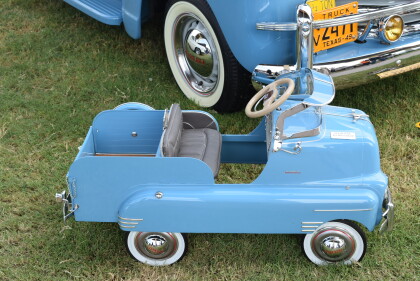
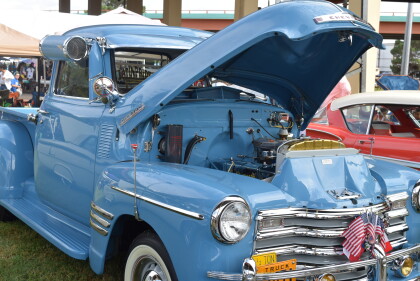
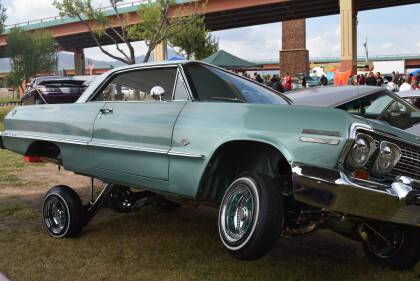

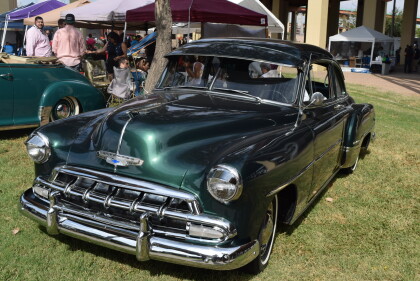

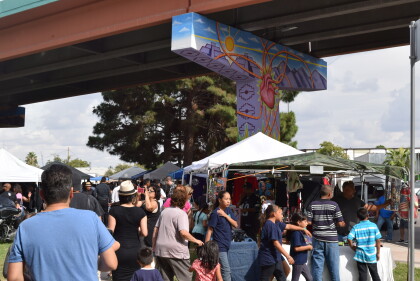
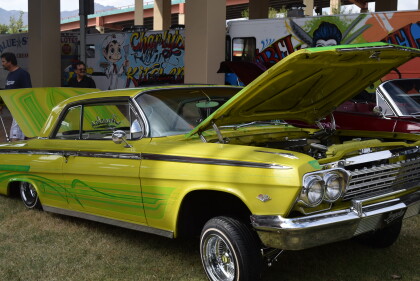
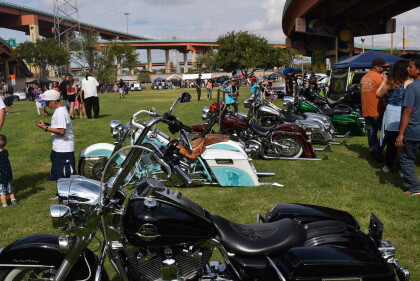






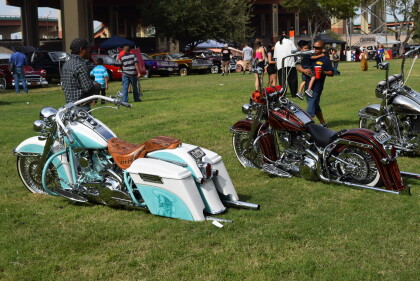




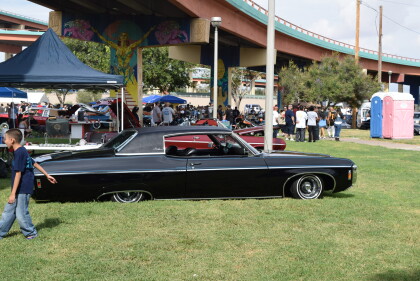
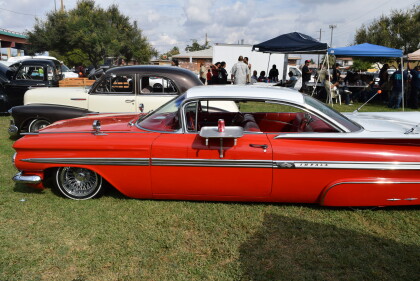
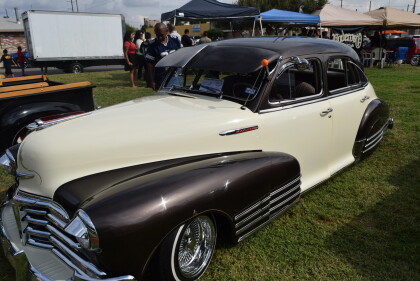
Comentarios
Hacer un comentario